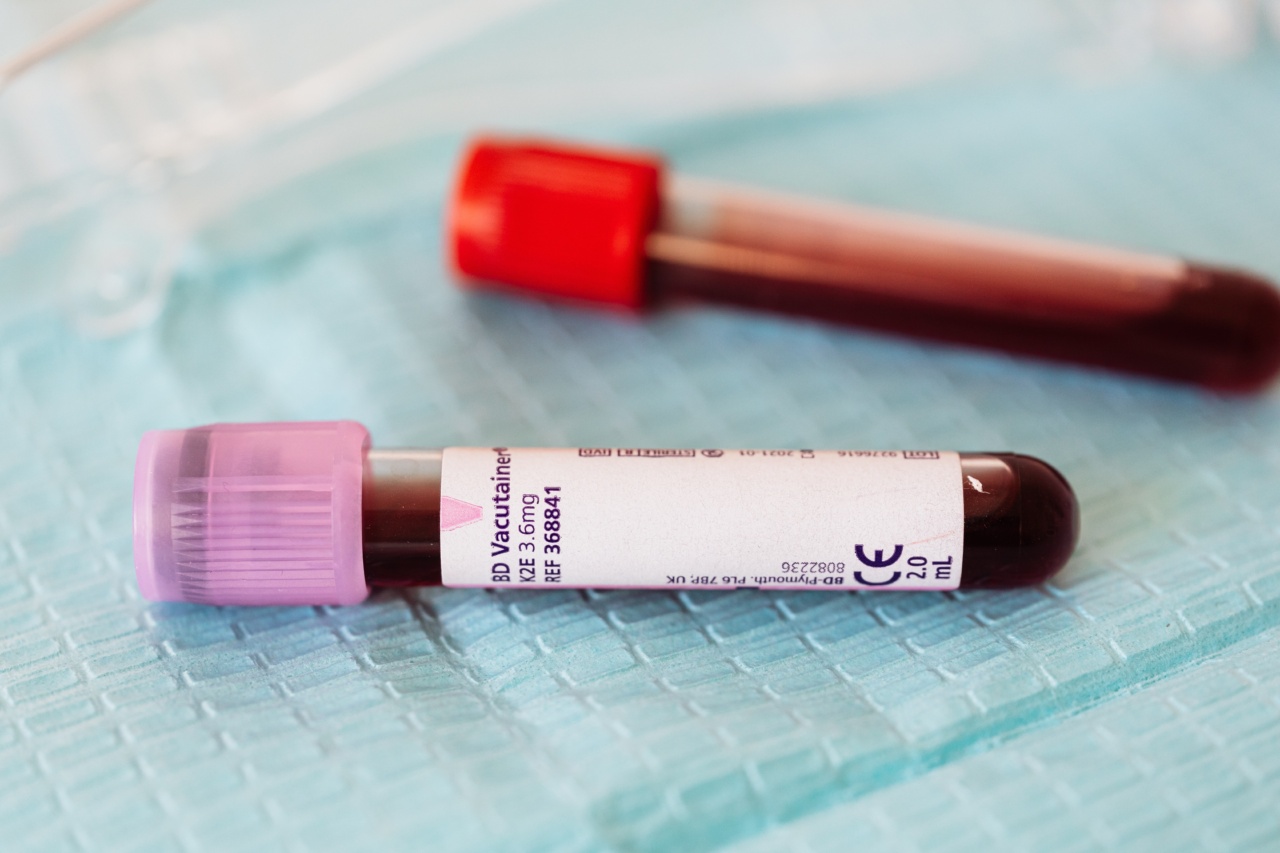Preeclampsia is a life-threatening condition that affects pregnant women, characterized by high blood pressure and damage to organs such as the liver and kidneys.
It typically occurs after the 20th week of pregnancy and can lead to serious complications for both mother and baby if left untreated. Currently, the diagnosis of preeclampsia involves several tests and assessments, but researchers are hopeful that a simple blood test could revolutionize the way this condition is detected and managed in the future.
What is Preeclampsia?
Preeclampsia is a complex disorder that affects around 5-8% of pregnancies worldwide. It is still not completely understood, but it is believed to involve problems with the placenta, the organ that provides oxygen and nutrients to the developing fetus.
Preeclampsia typically presents with symptoms such as high blood pressure, swollen hands and feet, excessive protein in urine, and severe headaches. In severe cases, it can lead to organ damage, seizures, and even death.
Current Diagnosis Methods for Preeclampsia
Currently, the diagnosis of preeclampsia relies on a combination of blood pressure measurements, blood tests, and assessments of symptoms.
Medical professionals usually check a woman’s blood pressure during routine prenatal visits and look for signs of protein in urine. Blood tests may also be performed to check the levels of liver enzymes and platelets, as well as to assess kidney function. Additionally, ultrasounds may be used to monitor the growth and well-being of the fetus.
The Challenges of Preeclampsia Diagnosis
There are several challenges associated with the current methods of preeclampsia diagnosis. Firstly, the symptoms of preeclampsia can be nonspecific and may overlap with those of other conditions.
This can make it difficult to differentiate preeclampsia from other pregnancy-related issues, leading to missed or delayed diagnoses. Secondly, these tests are time-consuming and require multiple visits to the healthcare provider, which can be inconvenient for pregnant women.
Lastly, these diagnostic methods are not always accurate, resulting in false-positive or false-negative results.
The Promise of a Simple Blood Test
Researchers have been exploring the potential of a simple blood test that could significantly improve the diagnosis of preeclampsia.
This test would detect biomarkers in the blood that are specifically associated with the condition, offering a quicker, more accurate, and less invasive way to identify preeclampsia. By detecting these biomarkers, healthcare professionals would be able to diagnose preeclampsia earlier and take appropriate measures to manage the condition.
The Role of Biomarkers
Biomarkers are measurable substances in the body that indicate the presence or progression of a particular disease or condition.
In the case of preeclampsia, researchers have identified several potential biomarkers that could be indicative of the condition. These biomarkers include specific proteins, hormones, and genetic factors that are altered in women with preeclampsia compared to those with uncomplicated pregnancies.
Research and Developments
The research on preeclampsia biomarkers is ongoing, with many promising developments.
One study published in the journal PLOS ONE identified a combination of four biomarkers, known as sFlt-1, PlGF, sENG, and PAPP-A, that accurately predicted the development of preeclampsia up to two months before clinical onset. Another study published in the American Journal of Obstetrics and Gynecology identified a set of 13 biomarkers that could differentiate preeclampsia from other conditions with a high degree of accuracy.
Benefits of a Simple Blood Test
Introducing a simple blood test for preeclampsia diagnosis would bring several benefits to both healthcare providers and pregnant women.
Firstly, it would allow for earlier detection of the condition, enabling healthcare providers to intervene and manage it more effectively. This early intervention could reduce the risk of serious complications for both mother and baby. Secondly, a blood test would be less invasive than current diagnostic methods, leading to improved patient comfort and compliance.
Lastly, a simple blood test would offer a quicker and more efficient way to diagnose preeclampsia, making it more accessible and feasible for healthcare providers.
The Challenges Ahead
While the development of a simple blood test for preeclampsia diagnosis holds great promise, there are still several challenges that need to be addressed.
Firstly, more research is needed to validate the efficiency and accuracy of these biomarkers in different populations and settings. Additionally, the cost-effectiveness and scalability of implementing a blood test for preeclampsia diagnosis on a large scale need to be evaluated.
Lastly, there may be ethical considerations regarding the commercialization and accessibility of such a test.
The Future Outlook
The future of preeclampsia diagnosis looks promising with the potential introduction of a simple blood test. As more research is conducted and additional biomarkers are identified, the accuracy and reliability of such a test will continue to improve.
The integration of this blood test into routine prenatal care could revolutionize the way preeclampsia is managed, leading to better outcomes for both mothers and babies.





























